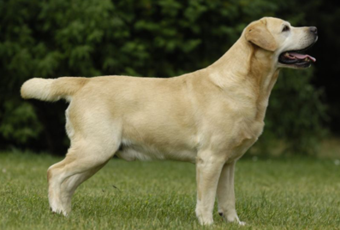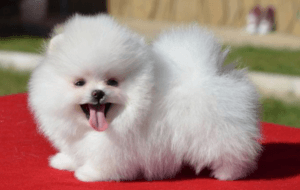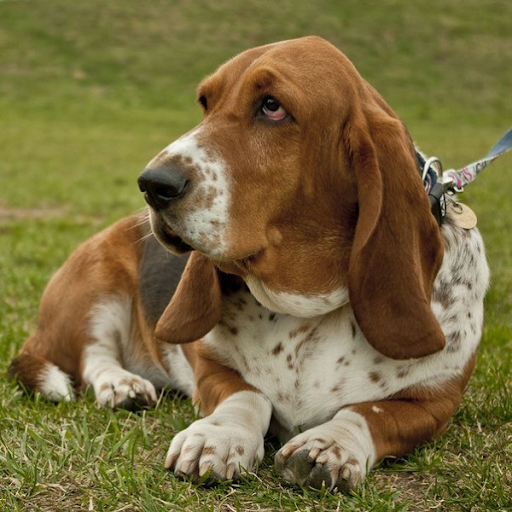Labrador
They swim and dive well, once their main use was to help fishermen pull the net. For the first time Europeans saw dogs of an unknown breed on the island of Newfoundland (Canada) in the early 19th century and called them "St. John's Newfoundland". They were indispensable helpers: they helped with fishing, rescued people in storms, transported carts with cargo, and brought game from the water on the hunt. In 1830 they were brought to Great Britain, where they became popular as field hunting dogs and game retrievers. In the process of forming the breed used a pointer and some other dogs. By 1870, the Labrador Retriever had developed. In 1903 it was recognized as an independent English dog club.
The dog is strong, stocky, energetic, has a wide skull, wide and deep chest. The waist and back of the body are wide and strong.
German Shepherd
At the end of the XIX century, the German Shepherd was considered a plebeian dog. Moreover, many lovers of imported English breeds thought that breeding "wolf-type dogs" was harmful - but there was a man who created on their basis the best service dog in the world: Max von Stefanitz, who dedicated his life to the creation and improvement of the German Shepherd. He argued that the German Shepherd - is primarily a working dog: and intelligence, and beauty, and the correct structure of the shepherd - all ensures its efficiency and devotion to the owner.
This is a pretty strong dog. He has a pointed snout with a black mask. Ears standing. Harmonious, smooth lines of the case. Elastic back, strong elastic limbs. The color should be bright - black and red with a black mask on the snout and black back, striped gray, black. The German Shepherd has round paws with very firm pads.
Pomeranian Spitz
The name comes from the name of the historical region of Germany - Pomerania. This is the smallest representative of the Spitz.
During the reign of Queen Victoria, in 1870, Spitz from Pomerania came to England, where work began on creating a dwarf form, improving the "dress" of the orange and giving it a general sophistication. The beauty of the best representatives of English and American Spitz has had a great influence on breeders around the world, and gradually Spitz in other countries are changing, pulling up to the reference Pomeranian Spitz.
The snout and head generally resemble a fox, the skull is slightly rounded. The ears are small, not very wide apart. The body is short, with deep breasts and rounded ribs. This breed of dog loses very little hair. The Pomeranian Spitz has ten colors: black, black and tan, chocolate, sable, orange, cream, blue, tan, white and two colors. Height at withers from 18 to 22 cm, weight 1.4-3.5 kg.
Basset Hound
Because basset hounds have an elongated body and short legs, like daxhunds, it is difficult to trace their origins accurately - for example, examining ancient images of squat hounds, daxhound breeders claim that this is a prototype of their breed, not basset hounds. Sir Everett Milleys said: "As in Germany everything that has crooked legs is called a daxhund, so in France all short dogs are called bassets."
Basset hounds come from France. In French, bas means "low". However, the actual breed of basset hounds of modern appearance developed in Great Britain. The history of British basset hounds begins with a pair of dogs named Bassett and Belle, which were presented to Lord Galway in 1866 by his friend, the Frenchman Count de Tournon. Because of the lack of bassets for breeding in England at first, these dogs were crossed with beagles and bloodhounds. In 1880, the basset hound was officially bred
recognized by the English Club of Cynologists, and in 1884 the British Basset Hound Club was formed.
Basset hounds were bred to hunt small game. There is an unconfirmed theory, or rather a fairy tale, that high-legged hunting hounds were hunted by noble people, while peasants were allowed to have only, so to speak, "deformed" dogs (with crooked paws, short) to hunt small animals.
Basset hounds were primarily used to hunt hares and rabbits, as well as blackbirds and pheasants, and they also helped to hunt squirrels, possums and raccoons. The purpose of the basset hound is to follow the blood trail.
Develop by Danylo Gvozdyk
Copyright ©Danylo Gvozdyk




